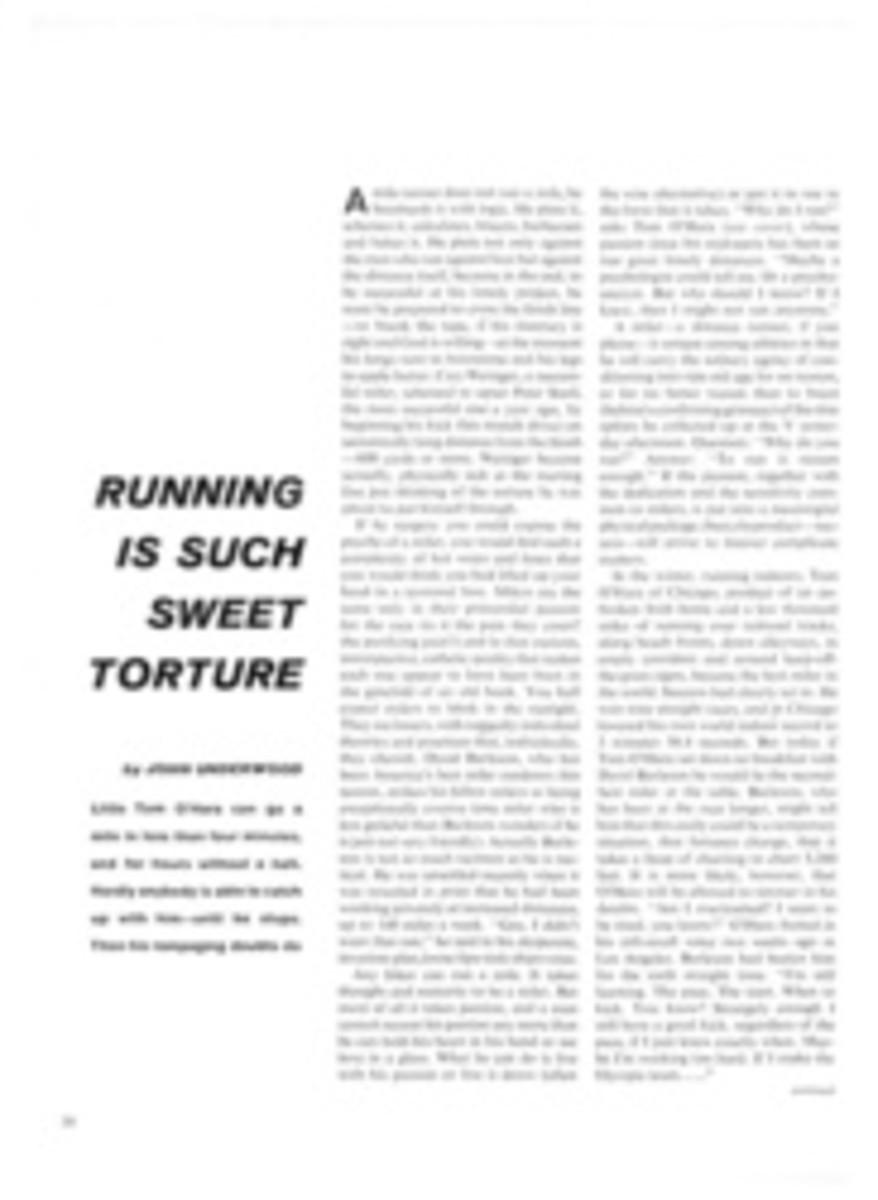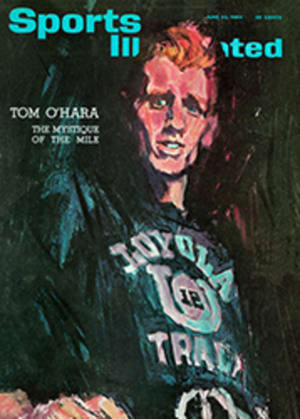
'American Eagle' wings her way toward Newport
Before the start of the America's Cup trials on Long Island Sound, a good many sailing experts thought that the art of designing 12s had been carried to its ultimate point—that, in fact, there could be no drastic difference between the two new U.S. boats, American Eagle and Constellation, and the two old ones, Columbia and Nefertiti. "So closely related are their shapes," said one old sailor, "that the breadth of a pencil point would cover the lines of all competing 12s." Well, maybe so, but the margins by which American Eagle, designed by Bill Luders, whipped all three rivals during the opening races of the official preliminary trials last week indicate differences somewhat larger than a pencil point, sharpened or blunt.
In the first race of the round robin series, sailed under the critical eye of the New York Yacht Club's selection committee, American Eagle met Nefertiti. There was some reason to believe that Nefertiti, a surprisingly good boat in 1962, would be even better this year. Nefertiti lost in the '62 trials when Weatherly and light air combined to defeat her. Since then all kinds of tricky modifications have been made to improve her light-air performance, including decreasing her wetted surface and giving her a bigger mainsail. Ted Hood, her designer-skipper-sailmaker, now knows all her idiosyncrasies, theoretically giving him an edge on inexperienced 12-meter skippers sailing strange boats. Furthermore, Hood makes the best 12-meter sails in the world. Indeed, Nefertiti did seem to sail well in light air, taking a brief lead early in the race, but Eagle beat her by 3 minutes 1 second.
It seemed likely that Constellation would offer Eagle a sterner challenge in the second race. She is new and designed by Olin Stephens, whose name itself is worth a tenth of a knot. Indeed, Constellation raced well, but Eagle beat her anyway, by 1 minute 27 seconds.
Then Columbia came under Eaglet shadow. Nobody gave the 1958 cup defender much of a chance. Recently bought by Californian Pat Dougan and skippered by Walter Podolak, Columbia was hurriedly resurrected and rushed into the water just in time for the trials. Sailed by an ebullient California crew, fresh as orange juice, she lost to Eagle by a full 3 minutes and 29 seconds. Several days later Columbia lost even more. Racing Eagle again, in gusts reaching 25 knots, Columbia's mast broke in two and she had to be towed back to port.
Only one vessel seriously challenged Eagle all week and that was an 18,000-ton British tanker named Partula. Partula came tramping up Long Island Sound minutes after the first race between Nefertiti and Eagle began and seemed intent on ramming the two boats. Skippers Hood and Bill Cox, cognizant of the rule that gives sail the right of way over power, sailed righteously on their collision course. In desperation, Partula's horn roared four times, paused, then three times more. Her bow wave began to melt as the engines went hard astern, but not a degree from her intended course did she waver. Nor did the 12s. It seemed quite possible that the U.S. was about to lose the America's Cup right there, the hard way. Then, like a blind Goliath, Partula permissively stopped, allowing the two 12s to sail grandly across her looming bow. Round one to the U.S.
At the close of the first series of trials, this was the record for the four boats: Eagle, 5-0; Nefertiti, 2-3; Columbia and Constellation, 2-4 each. There are still two full months of trials ahead, and of course much can happen, but right now it seems likely that American Eagle is already well on her way to Newport.
PHOTO
"NEFERTITI" (LEFT) AND "AMERICAN EAGLE" BARELY SQUEAK BY UNDER BRITISH BOW

